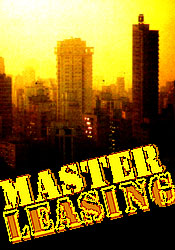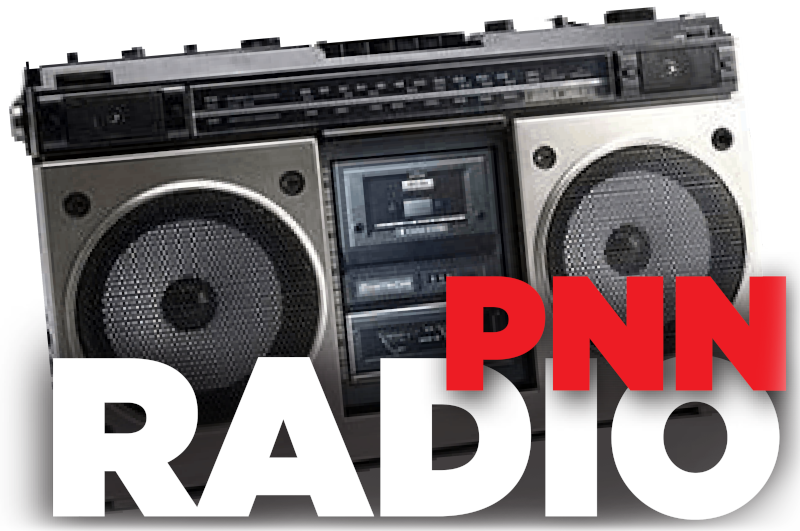PNN staff writer deconstructs the new housing program in San Francisco.
 |
|
by Kaponda I had already envisioned its sight before I opened the pale door held together by incongruent strips of wood. The stench of abandoned viscosity smothered my nose when I stepped into the small, forlorn room. I quickly mixed a milky abrasive the label of which claimed to be stronger than dirt -- into a liquid whose label portrayed a man whose head was shaven completely. The result was a product that could probably have annihilated the most hardened of scum. After three hours of scrubbing mucous and crud from the walls inside the room at the Jefferson Hotel, I felt the environment was safe for me to sleep. Vulgar sounds on the other side of the door invaded my sleep like the teeth of a lion piercing the flesh of an African wildebeest. A loud thump on the door brought me to full alert as I moved quickly to the door. The person at the door held crack cocaine in his hand as he blurted out the price of his bag of death. I snapped back with threats that I was the master of this house and that I did not want to be disturbed. He replied on that April night in 1999, while five or six people sat in front of doorways smoking rocks in their crack pipes, that the Jefferson Hotel "belonged to the dope man" so I had no rights. It has been over 11 years since that rude awakening at the Jefferson Hotel on Eddy Street had welcomed me to San Francisco. It was a hotel in which I had never thought I would have to sleep. There are many other hotels in San Francisco that operate like the Jefferson. They are like bordellos with organized drug dealers, prostitution and unsanitary living conditions. However, as of Wednesday, October 4, 2000, the Jefferson can no longer be classified as that kind of hotel. The Jefferson is one of five (5) hotels in San Francisco whose residents have adopted a new attitude because the Board of Supervisors approved a proposal to launch a Master Leasing program which affects every part of the life of the tenants of the Jefferson. The program was spearheaded by the Tenderloin Housing Clinic and the Coalition on Homelessness. "This program at an extraordinarily low cost has brought conservatively 350 vacant units (and overall 800 units) onto the real estate market because the hotels that had been leased prior to this did not maximize the permanent residency," stated Randy Shaw of the Tenderloin Housing Clinic, to me in an interview as he discussed some of the strategy that was involved with the development the Master Leasing program. Before both the dot.com boom and surge in the economy, hotels such as the Jefferson had charged rents which were tied to the income that a person received from General Assistance or other fixed income. Since 1997, however, all of the residential hotels in San Francisco had begun to charge unaffordable rents and the housing shortage had tightened. Hotels were no longer accepting referrals -- the prevailing system at that time -- due to the rent increases. Out of this dilemma was born the concept of a Master Leasing program. "I think that there are aspects to what the Tenderloin Housing Clinic is doing that are beneficial for people to get into housing. I think it sets up a scary situation when the only way a poor person can get housing is through a social worker," Paul Boden of the Coalition on Homelessness advised me during a telephone interview. Since both Paul Boden and Randy Shaw, two people who have advocated for social change for years in San Francisco, view this program as a constructive move toward affordable housing, it could probably be safe to assume that the program would have passed through without a hitch, right?. Not so! The Master Lease program went through intense scrutiny as part of the budget hearings. There were many concerns by members of the community and community-based organizations which forced the Coalition on Homelessness to request Board of Supervisor President Tom Ammiano to place money in reserve that had been earmarked for a Master Lease program at the Hartland Hotel, the first Master Lease program to come on line. In addition, the Coalition on Homelessness subpoenaed all papers related to any shelter policies by any agency of City government under the Freedom of Information Act. These processes by the Coalition on Homelessness caused a cooperative meld of the Department of Human Services (DHS), the Coalition on Homelessness and the Tenderloin Housing Clinic. After all the players in the attempt to find affordable housing for homeless and impoverished people had begun to interact, the Master Lease program began to take form. The Coalition on Homelessness submitted a detailed report that recommended the course of action for the program. I asked Jennifer Friedenbach of the Coalition on Homelessness about the position paper and what it included? "The Coalition came up with recommendations around how access [to affordable rooms] should work for Master Leasing. We took the issue before the Board of Directors of the Coalition on Homelessness, the Substance Mental Health Work Group and other service providers who tried to get leasing." Jennifer continued to recount the developments of the process that brought respectability to five of more than 100 residential hotel buildings in San Francisco. "During the time we were in negotiations with DHS, there were only one or two people getting referred from the Department of Human Services’ PAES program and/or shelters to hotel rooms. The process was slow. Rooms were vacant while people slept on the street. The Department of Human Services wanted to handpick people in shelter case management programs or employable in their PAES program. After the Coalition on Homelessness and the Tenderloin Housing Clinic negotiated the Master Lease program with the Department of Human Services as a solid unifying force, the Hartland, Jefferson Seneca, Mission and Vicente hotels were approved as sites for San Francisco’s Master Leasing program." The approval for these hotels means that these buildings are no longer managed and/or operated by their owners. These buildings are managed and maintained by employees of City Housing, a nonprofit in San Francisco. However, any major repairs are the owners’ responsibility. Residents of these hotels pay their rents to City Housing, which uses it to pay the monthly lease to the private owners of the hotels. I asked Kerry Abbott of the Tenderloin Housing Clinic who actually is eligible for the Master Lease program? "Originally, only people coming out of case management for 30 days in shelters and those on PAES were eligible. Now, people working with any community-based agency can be referred." Kerry stated that this system is much better than the earlier policy. I asked Paul Boden why have only five buildings out of 100 signed onto the Master Lease program? "I am glad that there have only been five buildings to sign on at this point," stated Paul with an expressionless tone. "The access is not broad enough to satisfy the Coalition on Homelessness. If you are not able to go to work, for example, you cannot access these hotels." It seems the policies around the Master Lease program are not yet satisfactory, according to Paul Boden. With a surge of renewed interested, he went on to state that, "If we use government money to lease a building, then there should be a long-term plan to own that building and any homeless person should have an equal shot to access the building. Furthermore, there should be made available, if government money is used, direct access to housing throughout for people with disabilities." There have been much handwriting on the walls of the Jefferson since that day in 1999, when I was told that I had no rights in my room. Today, however, thanks to the masterplan of both the Coalition on Homelessness and Tenderloin Housing Clinic, if the walls could talk, they would say to me, "Welcome to your clean home, master!" |



